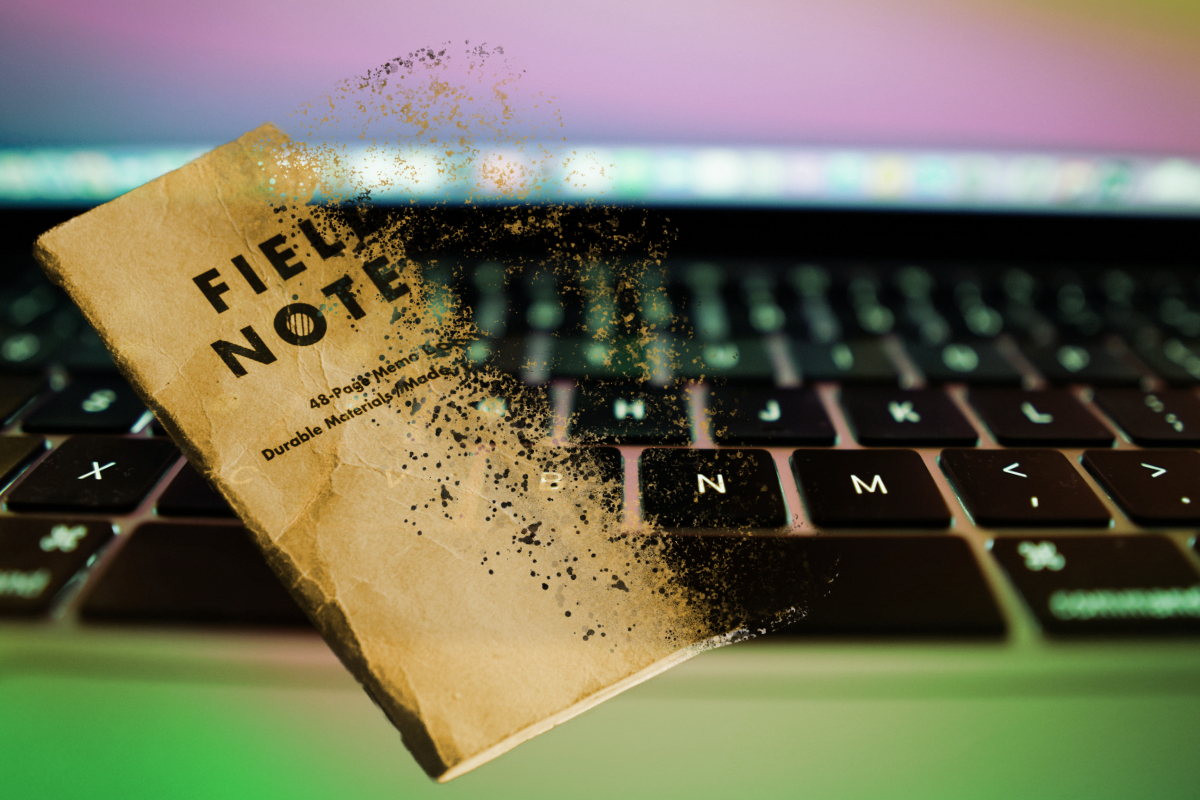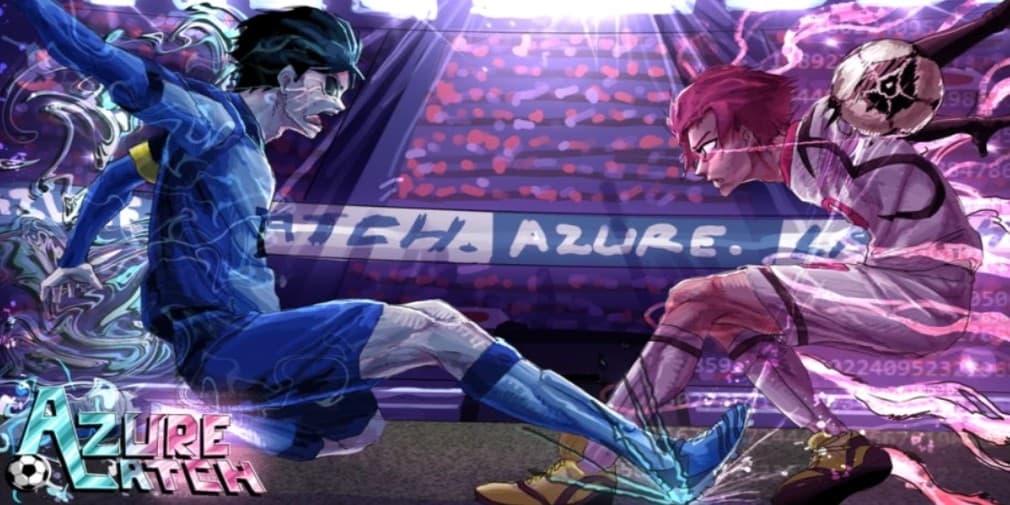
The perfect game notebook doesn’t exist. I’m making that statement to tempt the universe into proving me wrong, because I’d love to be wrong about this. But until irony catches up to me, we’re left with imperfect options.
That said, out of all of the notebooks I’ve tried—physical, digital, or otherwise—I’ve yet to find an option as close to perfect as Obsidian. I love it a lot, and what’s the point of writing for a TTRPG blog if you can’t share that nerdy love with others? So here’s a rundown of why I think you should try Obsidian, with some tips for how you can use it to organize your campaigns, improve your prep, and evolve the way you run sessions.
Why Obsidian?
Core Obsidian is a markdown-based note-taking app available on almost as many platforms as Doom. The barebones installation is pretty simple (some might say boring), but this app has a lot going for it.
For one, it’s completely free. Yes, there are options for giving the development team your hard-earned dollars, but none of those options keep features locked away behind the paywall. This isn’t a “Sure, the guy said it was free, but all of the good stuff requires a subscription” version of free. This is a “go download the app, use it, love it, and then years from now boggle at the fact that you’ve never paid a single cent for this program” version of free.
The real power of Obsidian, however, comes from its plugins—community-created add-ons that can completely transform the base app into pretty much anything you need it to be. Plugins can do something as simple as changing the icons of your note folders, all the way to completely overhauling the interface or even integrating the app into third-party services like Git.
To be fair, it can be a little overwhelming if you’re just getting started, but the community that’s been built up around the app is amazingly welcoming (their Discord even has a dedicated TTRPG channel!) and there’s a lot of great resources on YouTube. A couple of my favorites are:
- FromSergio – Great beginner-friendly walkthroughs that don’t dumb anything down
- Josh Plunkett – Besides having a great first name, Josh specifically focuses on using Obsidian as a campaign manager
Organizing Everything
After you’ve got Obsidian installed and running, you’ll want to start creating some files, but if you’re like me, you’re gonna worry about organizing those files. Personally, I use a variation of Johnn Four‘s folder organization system. It’s simple and keeps everything where I expect to find it.
Whenever I start a new campaign, the first thing I do is make five folders in my Obsidian vault:
- Persona – PCs, NPCs, GMPCs, if they’ve got a name and a personality, they go here
- Places – Maps and location descriptions
- Plot – Session notes, hooks, situations, individual encounters, etc
- Props – Important things they may run across, like magic items, secret messages, or the clues they need to catch the murderer
- Rules – I’ll duplicate any game book PDFs here, but this is also where I’ll keep track of any house rules or lines and veils we’re using.
(These are basically the same folders Johnn makes, but I renamed as many as I could to P-words because I’m a sucker for alliteration. Unfortunately, I couldn’t come up with a P-word for rules, but if you’ve got an idea, lemme know in the comments.)
From there, I create notes for the elements of the next session. As I’m brainstorming potential situations and encounters, I’ll make stub notes for every new NPC, important piece of treasure, or McGuffin I come up with and then sort those stub notes into the appropriate folders. (You’ll see why in a second here.)
Useful Plugins
These are the must-have plugins that sold me on Obsidian as my go-to campaign manager. They’re so useful, I use them in my everyday life outside of TTRPG prep, too.
- Various Complements – This plugin enables an autocomplete function inside your notes, which is mildly useful, but the BIG draw of this plugin is the fact that it will also auto-link to other notes in your vault. See, Obsidian has wiki-like linking capabilities, and with Various Complements installed, you can just type out an NPC’s name and automatically link to their note in your Persona folder.
THIS is why I create stub notes for each NPC, magic item, location, etc. Because after I do that, whenever I want to reference that thing, the link is already right there in my notes.
(This is also great if you’re on the other side of the GM screen. GM casually mentions an NPC named Reginald, but you can’t, for the life of you, remember who that is? No problem. You just type out “Reginald” into your notes, and Obsidian automatically links you to the little dossier you created on him.)
- Omnisearch – Like Various Complements, Omnisearch is a way for you to find information inside your notes quickly and easily. Obsidian has a pretty robust built-in search feature, but Omnisearch expands it tenfold. It has saved my butt on SO MANY different occasions when a player brings up an NPC I forgot I created or a situation that has long since fled my poor, aging GM brain.
- Templater – If you, like me, enjoy a good framework when you’re creating your sessions, or if you want to create generic stat blocks for NPCs or monsters, or if you just end up writing out the same thing over and over again, trust me and install Templater.
- Advanced Canvas – Your mileage may vary on this one, and we’ll get why below, but for now, you just need to know it’ll make your Canvas files prettier.
Core Features
In addition to the community-created plugins, Obsidian has a number of built-in features that are incredibly powerful if you know how to use them. These are the two game changers for me as a GM.
Bases
This is a relatively new feature, but it allows you to turn any of your folders into a kind of limited database that you can sort and filter using the note’s tags and properties. Why is this handy?
Well, let’s look at your Persona folder. The one full of every named NPC you plopped into your campaign. If you tag those files with things like the NPC’s faction allegiances or location, or speciality, then you can use the Bases feature to pull up, say, every NPC currently located in the capital city. And you’ll also see who’s loyal to the monarchy, who’s a rebel, and who knows how to source parts for guillotines. All displayed on one page. Practically automatically.
Canvas
I don’t know about you, but when I’m running a session, I like a lot of horizontal space. The more I can spread out my virtual notes across a digital GM screen, the more confident I am that I can guide everything through a successful time at the table.
That’s why I love infinite whiteboard apps like Apple Freeform or Obsidian Canvas.
The Canvas feature allows you to take any note in your vault and add it to a digital whiteboard. You can then connect those notes to each other, move them around, or arrange them as you see fit.
Here’s one of my old sessions to give you an idea of what I mean. I had to zoom out pretty far to fit the whole session into this one example image, but all of those colored boxes are filled with notes, and you can see some of the maps, clocks, and rules snippets I included as well.

The Advanced Canvas plugin gives you more formatting options in Canvas, which is great if you like to make your notes pretty.
If you ever wanted a digital version of a customized GM Screen, or if you’re the kind of person who needs sticky notes everywhere in order to remember the grappling rules, Canvas can do that. It’s great for folks who think visually or need a non-linear way of keeping track of their encounters.
Limitations
Now, like I said, no one campaign notebook (app or otherwise) is perfect, and Obsidian does have its limitations. For one, if you work from a tablet, it doesn’t handle sketching/handwriting very well. There are a couple of plugins (there’s always a plugin when it comes to Obsidian)—Ink and Excalidraw —but neither works seamlessly, and the workflows end up a little clunky, IMO. Additionally, I’ve found that the way Obsidian handles PDFs is a little lackluster. It’s fine for quickly referencing, but you probably won’t want to read your books from cover to cover in this app.
Closing the Book
Ultimately, the best notebook app for you is the one that sparks joy in your GM heart when you open it up, but if you’re looking for a way to upgrade your digital prep, Obsidian’s flexibility could be the almost-perfect solution you’ve been looking for.
(And seriously, what word should I use for my rules folder?)
This post is brought to you by our wonderful patron Greg Gorden, supporting us since March 2020! Thanks for helping us keep the stew fires going!



